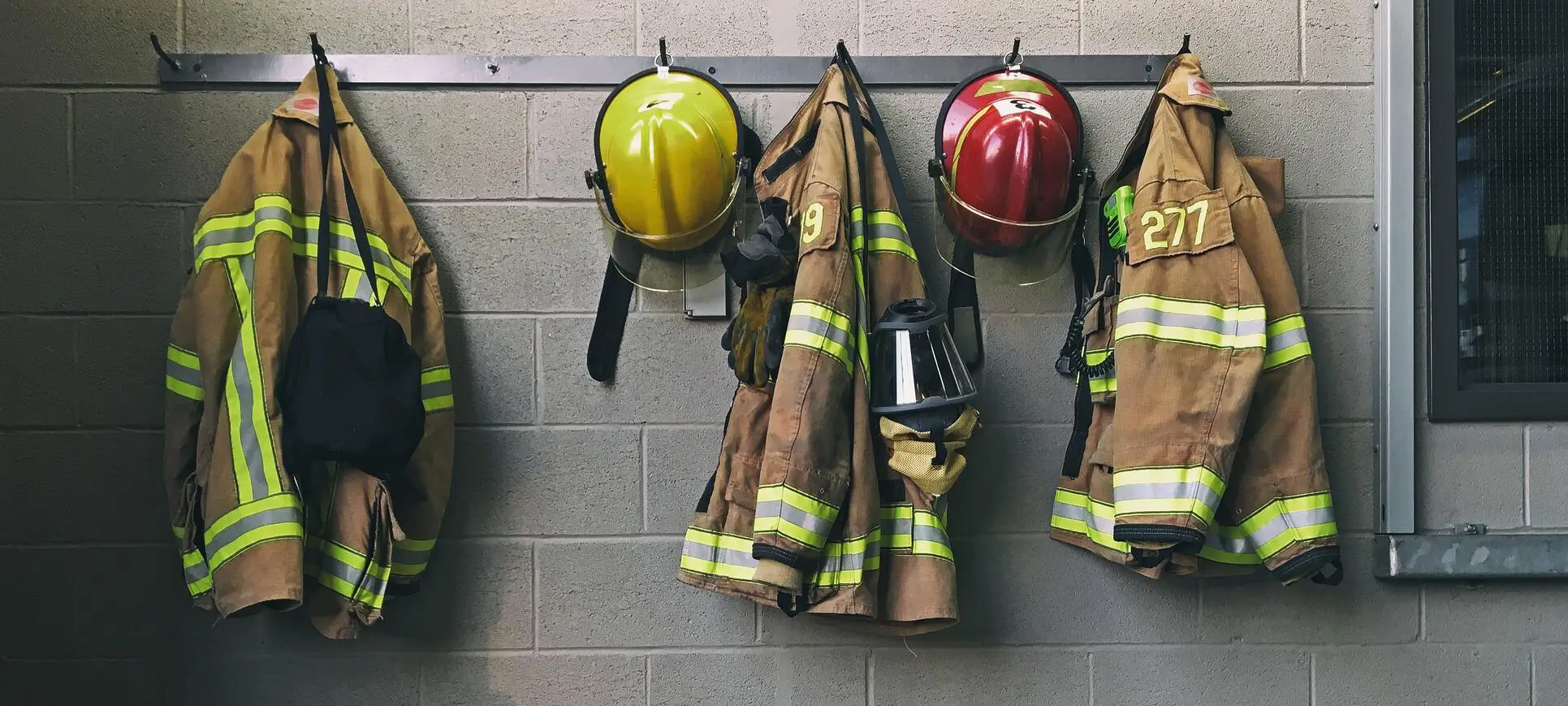This Is Why You Should Make ‘Community Risk Reduction’ A Key Part of Your Fire Service Curriculum

We teach firefighters to knock down fires quickly and to prioritize life-saving efforts above all else. The goal, ultimately, is to think and act quickly to manage an out-of-control incident using proper technique and operation of equipment.
The mission is and always will be to save lives.
Teaching fire safety training in this way will continue to be integral, but there is another approach that has taken root in recent years. This approach, commonly referred to as Community Risk Reduction (CRR), identifies prevention as a core principle. The idea is that if firefighters are trained to identify risks—and can train members of the community to identify risks—there will be fewer fires, and fewer calls to begin with. Importantly: more lives will be spared through Community Risk Reduction.
Read on to learn why—and how—you should incorporate Community Risk Reduction training into your lessons to new recruits.
What is Community Risk Reduction (CRR) And Why Is it Important?
According to the National Fire Protection Association (NFPA), “CRR is a process to identify and prioritize local risks, followed by the integrated and strategic investment of resources to reduce their occurrence and impact. In other words, it is a process to help communities find out what their risks are and develop a plan to reduce the risks viewed as high priority. The steps involved in the CRR are conducting a Community Risk Assessment (CRA), developing a CRR plan, implementing the plan, and evaluating the plan.” This is coded as NFPA 1300.
Michael Pritchard, chair of the Prevention and Information Branch of the United States Fire Administration said on the recent podcast that over 3,700 people died from fire in the United States in 2021, a trend that has been rising.
“The sad thing is we know that many of these fires can be prevented,” he continued, “and I think that tells us that collectively and individually we need to do something about reducing fire fatalities in our nation.”
What Sets CRR Apart?
So what sets CRR apart from other similar prevention programs? Author Beverly Walker writes in Chapter 1 of her textbook on the topic, Community Risk Reduction: Principles and Practice:
"While some may say this is just another prevention program, CRR is so much more than simply a new program. CRR is a philosophy, or way of thinking, about service to the community and its members that gets to the heart of safety and health. CRR is a focused and targeted approach designed to meet the needs of the individual community or communities related to these tragic events. CRR allows the fire and emergency services organizations to 'get ahead of the call.' By using a prevention-first approach, communities are able to get ahead of incidents before they occur and reduce the losses that impact the residents."
Watch this video with Community Risk Reduction author Beverly Walker.
MORE: Read this interview with author Beverly Walker
How you Can Get Started with CRR for your Training Program
The first of its kind, Community Risk Reduction: Principles and Practice, is an innovative textbook that provides a concise and comprehensive look at Community Risk Reduction for emergency services organizations. The Community Risk Reduction model is presented in an easy-to-understand format, so that emergency responders from all types of departments will be able to follow the model and be successful in their Community Risk Reduction efforts.
The textbook:
- Meets and exceeds the National Fire Academy’s Fire and Emergency Services Higher Education (FESHE) course objectives and requirements for Community Risk Reduction for Fire and Emergency Services (C0287)
- Introduces concepts of community risk assessment, causal chain analysis, intervention design, organizational and community equity, as well as program evaluation and sustainability
- Places an emphasis on practical application and knowledge with actual examples and illustrations to illuminate the critical components of Community Risk Reduction model and planning process
Public Safety Group invites qualified instructors to request a sample of Community Risk Reduction: Principles and Practice in consideration of course adoption.
Read more: